Genus Allium | Species A. ampeloprasum Rank Variety | |
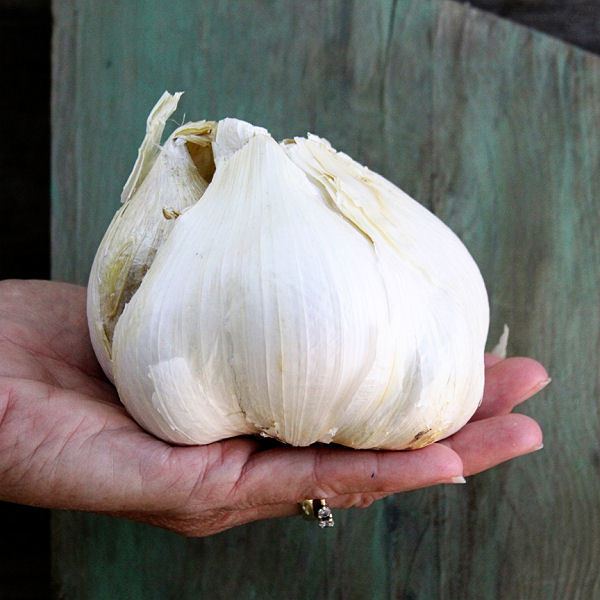 | ||
Scientific name Allium ampeloprasum var. ampeloprasum Similar Water, Sugar, Ramp, Black garlic, Allium vineale | ||
How to grow elephant garlic
Elephant garlic (Allium ampeloprasum var. ampeloprasum) is a perennial plant belonging to the onion genus. It is not a true garlic, but actually a variant of the garden leek. It has a tall, solid, flowering stalk and broad, flat leaves much like those of the leek, but forms a bulb consisting of very large, garlic-like cloves. The flavor of these, while not exactly like garlic, is much more similar to garlic than to leeks. The flavor is milder than garlic, and much more palatable to some people than garlic when used raw as in salads. It is sometimes confused with solo garlic.
Contents
- How to grow elephant garlic
- How to plant elephant garlic
- Cultivation and use
- Properties
- Cultivation
- References
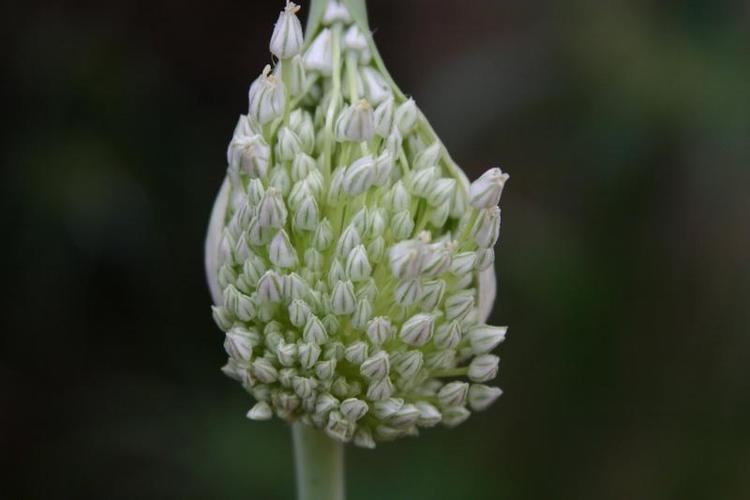
How to plant elephant garlic
Cultivation and use
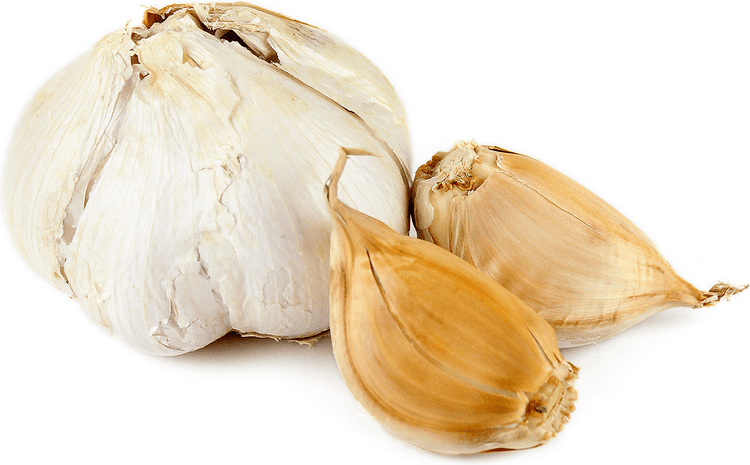
The mature bulb is broken up into cloves which are quite large and with papery skins and these are used for both culinary purposes and propagation. Also, much smaller cloves with a hard shell grow on the outside of the bulb. Many gardeners often ignore these, but if they are planted, they produce a nonflowering plant in their first year, which has a solid bulb, essentially a single large clove. In their second year, this single clove then, like a normal bulb, divides into many separate cloves. While it may take an extra year, it is desirable to plant these small bulbils (several can be produced by each bulb) and the harvest increased, though delayed a year.
Unlike many garlics, elephant garlic does not have to be harvested or divided each year, but can be ignored and left in the ground without much risk of rotting. The plant, if left alone, will spread into a clump with many flowering heads (one stalk and flower from each clove, once the bulb divides). These are often left in flower gardens as an ornamental and to discourage pests. Of course, once they get overcrowded, the plant may not do as well, and growth is stunted, with some rotting.
Elephant garlic is not generally propagated by seeds.
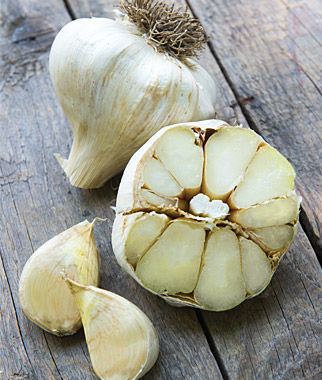
The immature plant tops can be topped off (cut) when the plant is young and they are still tender, as can be done with onions, and chives, along with the very immature flower bud, and are called scapes. They can be pickled, lactofermented, stir fried, added to soups, etc. The scapes (whether elephant garlic, garlic, onion, chive, or garlic chive) can also be frozen without any cooking, and generally remain fresh for a year or so without freezer burn, to be added to any soup, stew, stir-fry, etc. Topping the plants off also helps more of the plant's energy to be directed toward the bulb. Since seed is not generally gathered from elephant garlic, this is the best use of resources and helps the bulb, though it does detract from the aesthetic value. A few scapes can be left to mature to into stalks to flower.
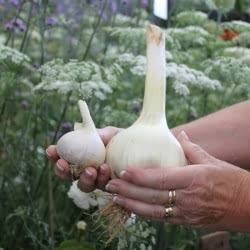
Like regular garlic, elephant garlic can be roasted whole on the grill or baked in the oven, and then used as a spread with butter on toast. Fresh elephant garlic contains mostly moisture and foams up like boiling potatoes, whether on the stove or in a glass dish in the oven. Drying in the basement for a few months reduces the moisture content, and also bring out a fuller flavor.
Properties
When crushed and then analyzed using a DART ion source, elephant garlic has been shown to produce both allicin, found in garlic, and syn-propanethial-S-oxide (onion lachrymatory factor), found in onion and leek, but absent in garlic, consistent with the classification of elephant garlic as a closer relative of leek than of garlic.
Cultivation
Elephant garlic can be planted at two different times of the year: spring and autumn. In warmer areas, it can be grown over winter for a late-spring harvest.
